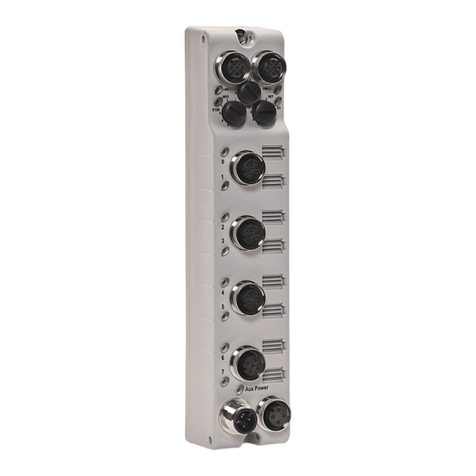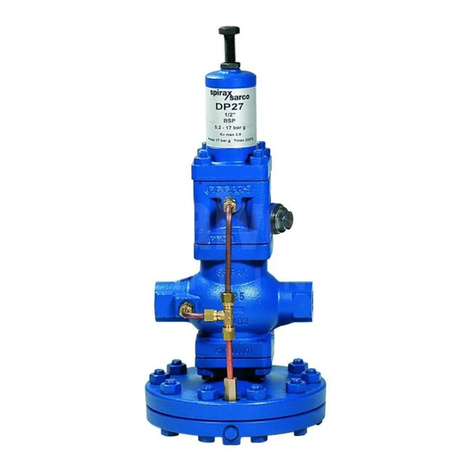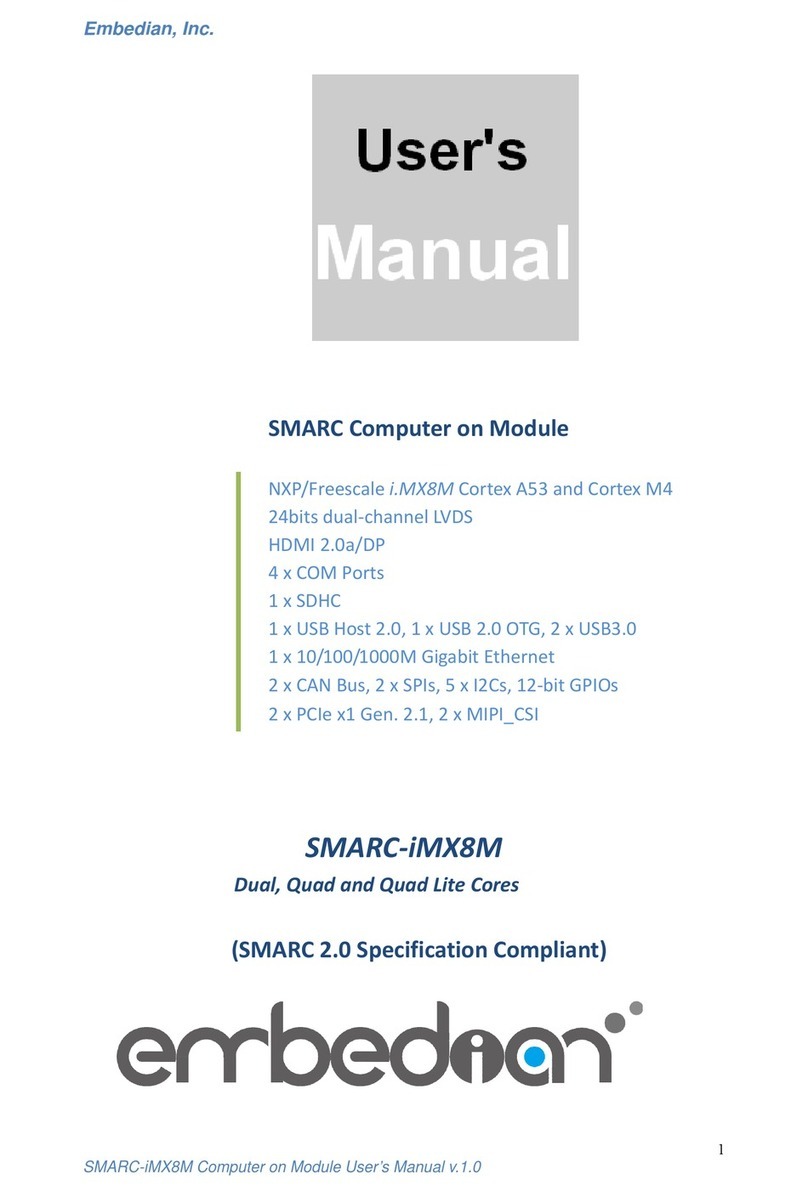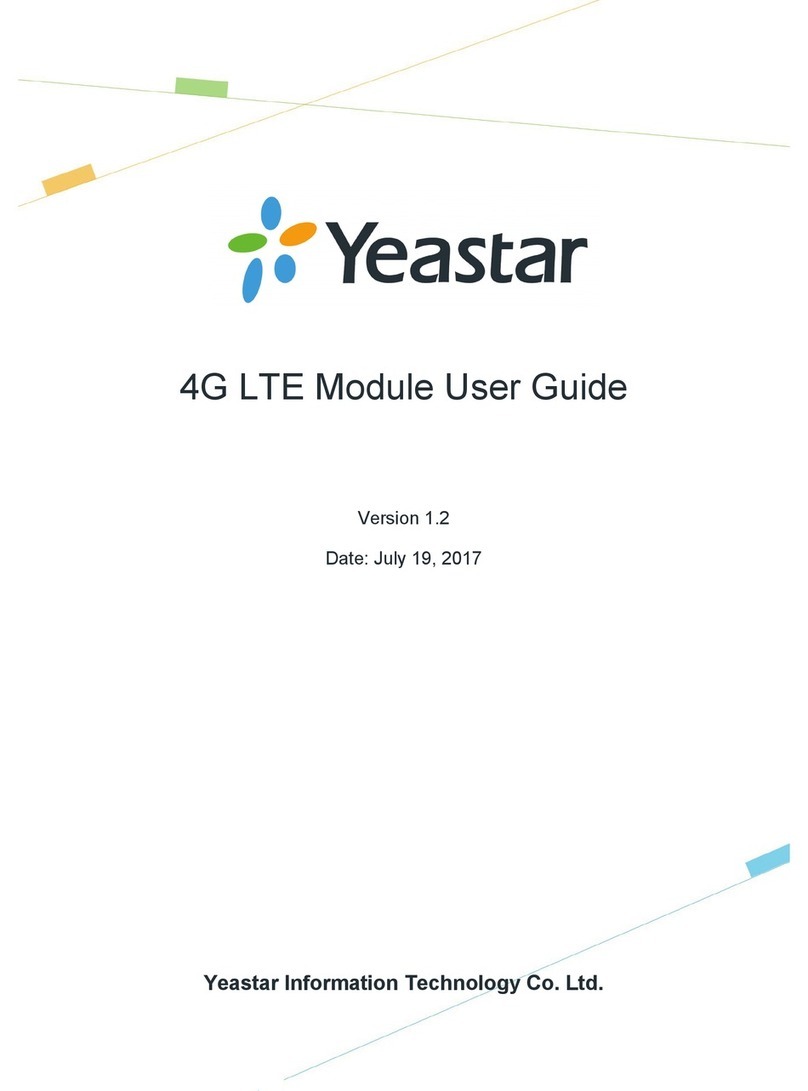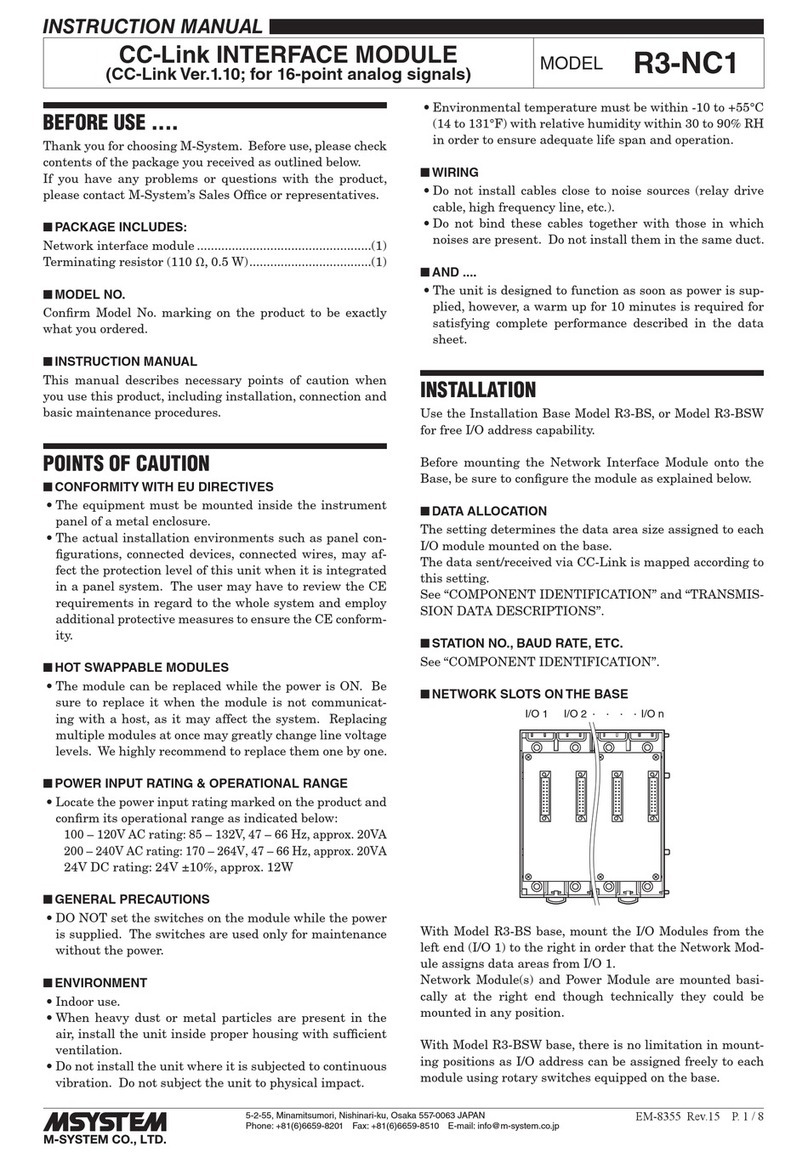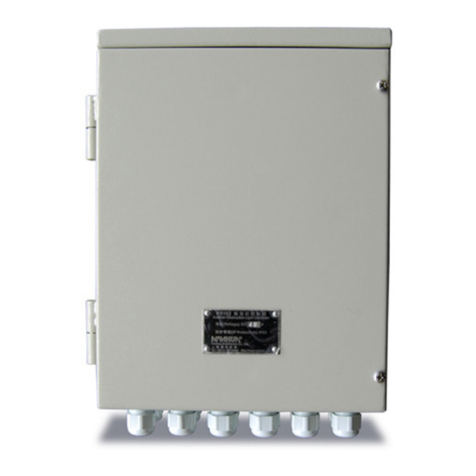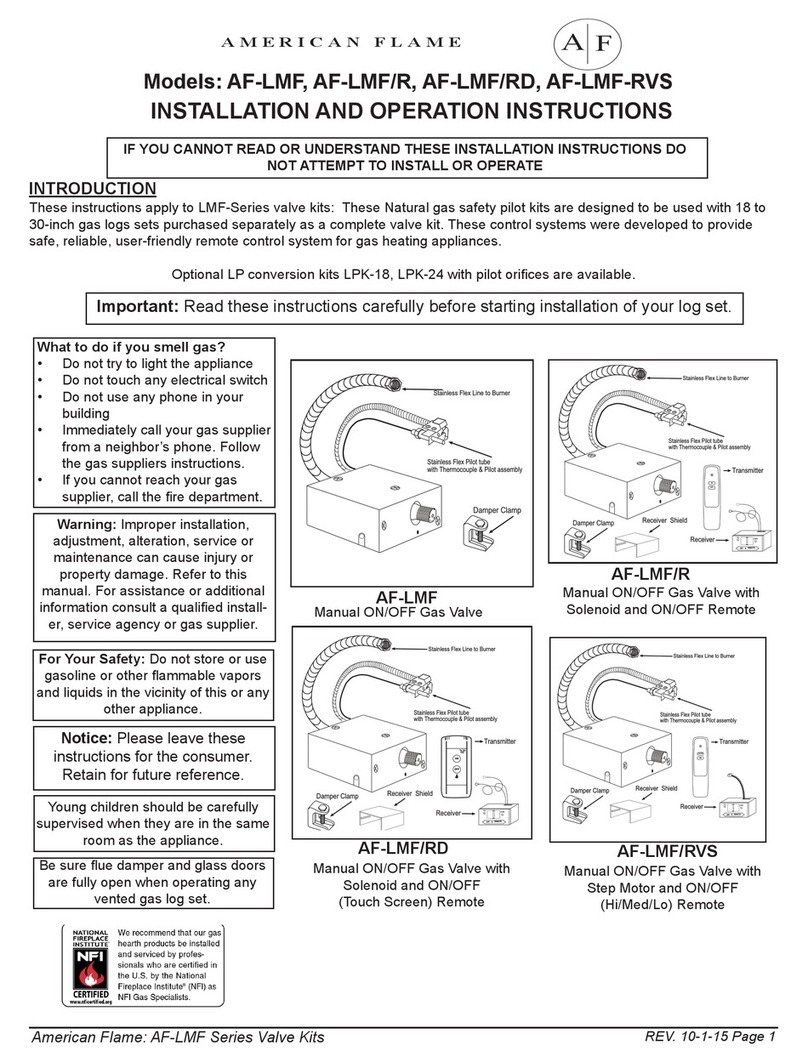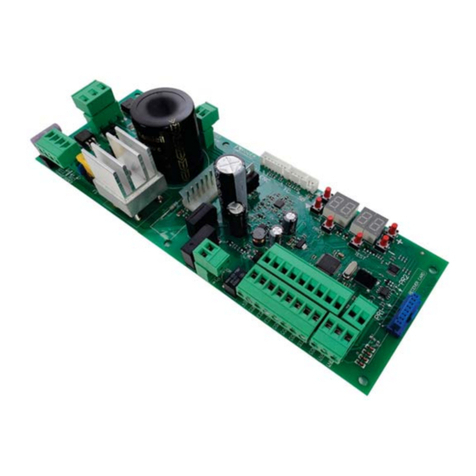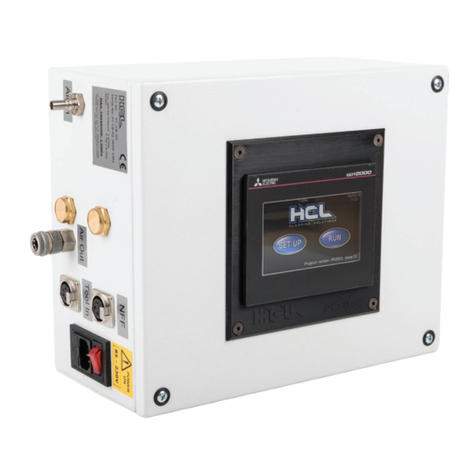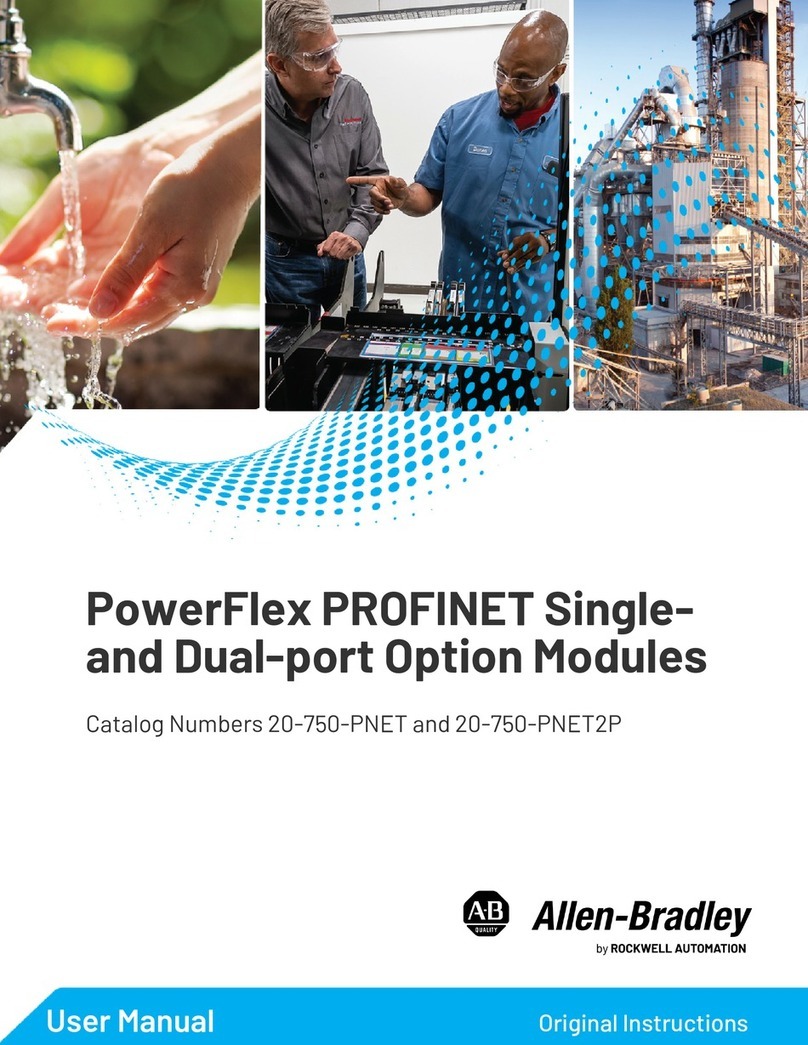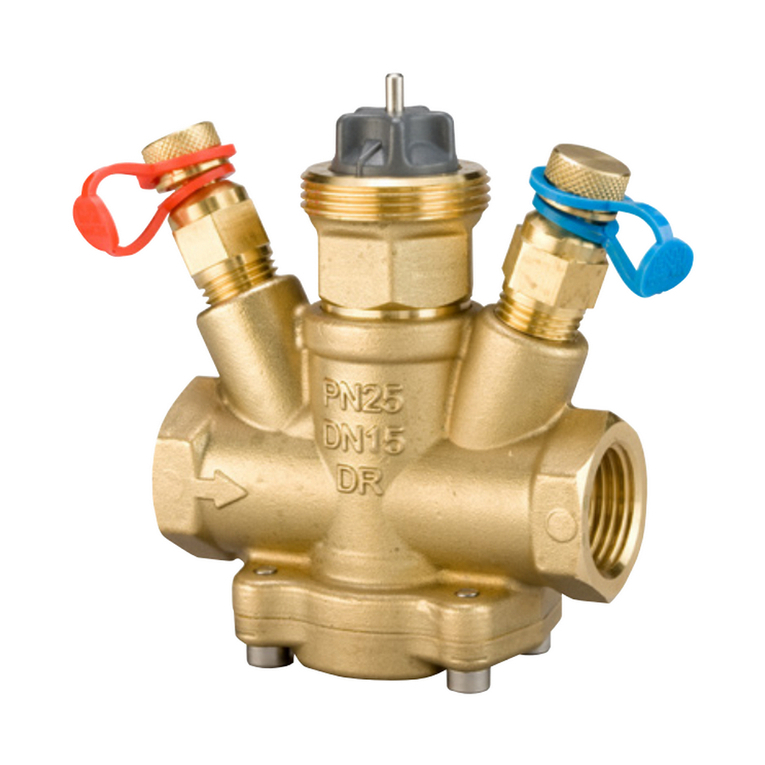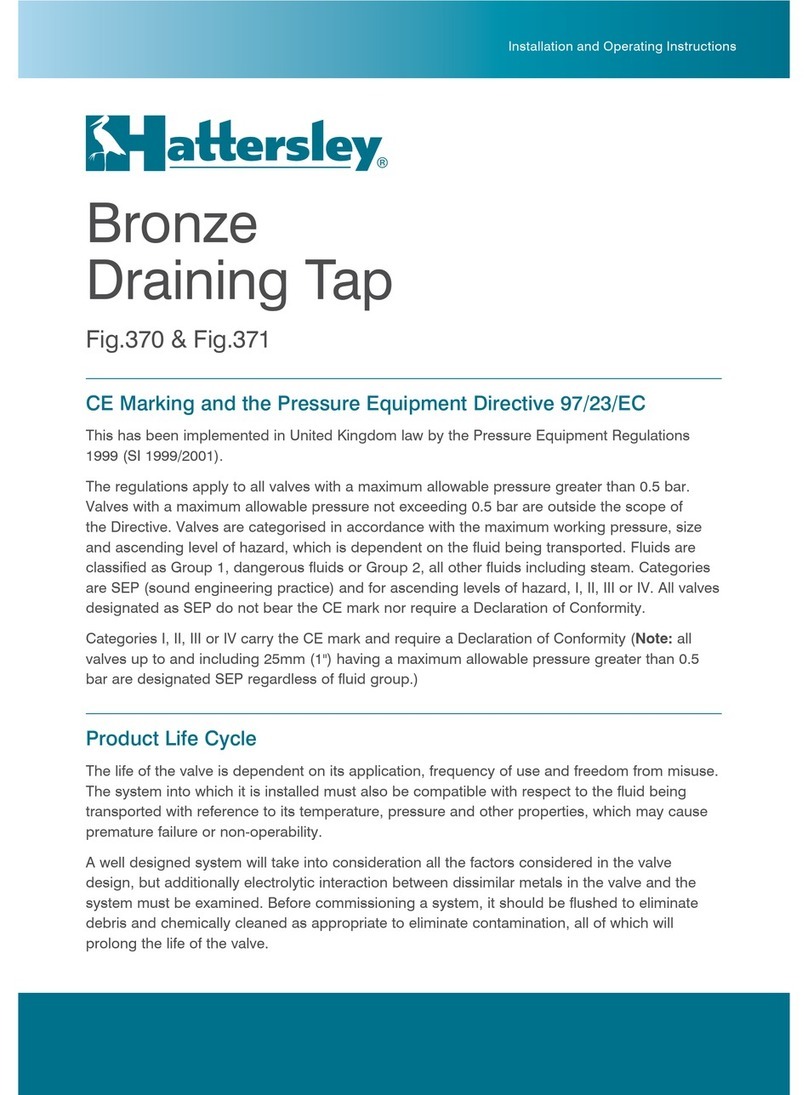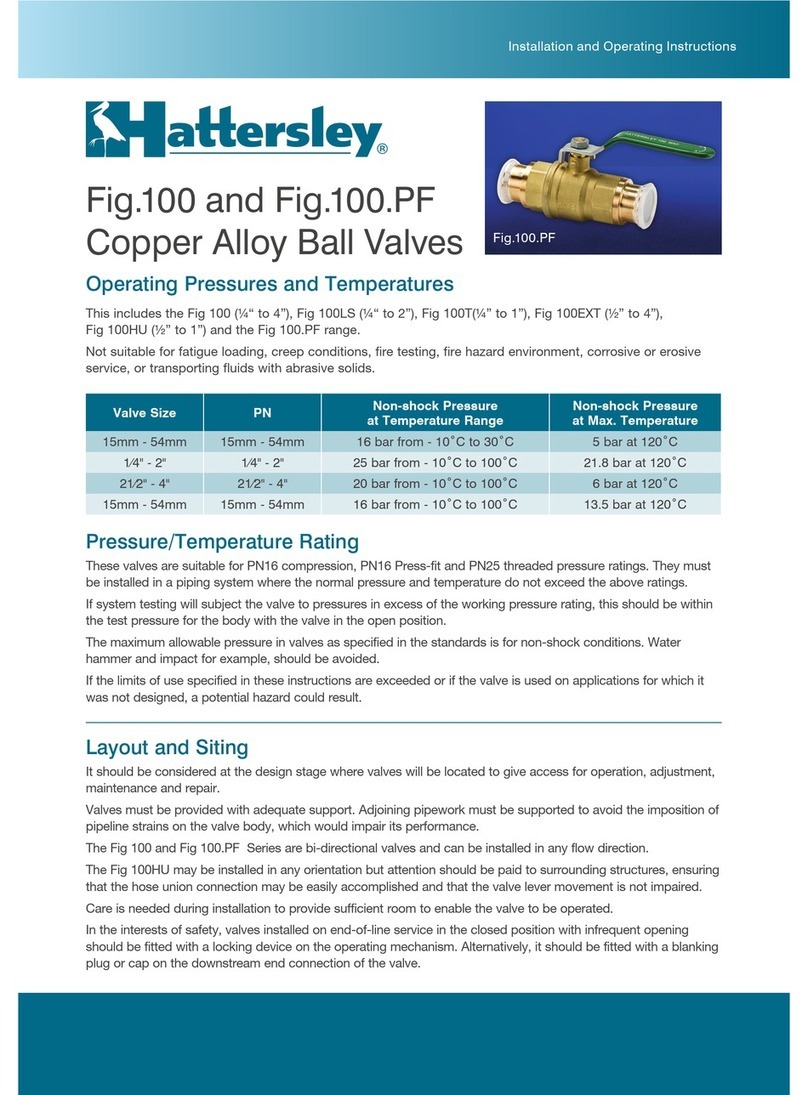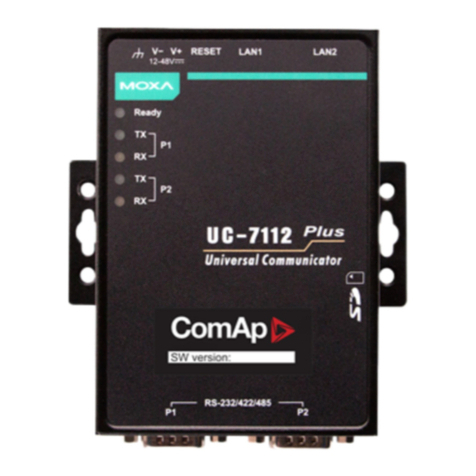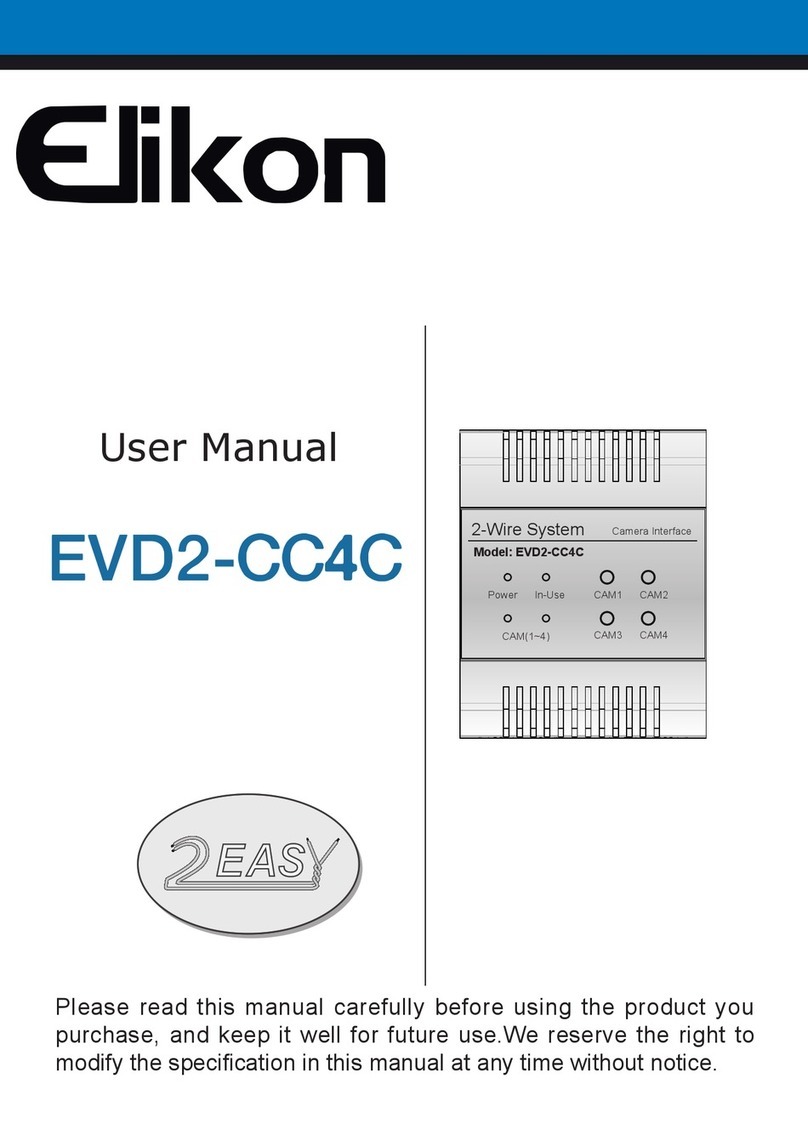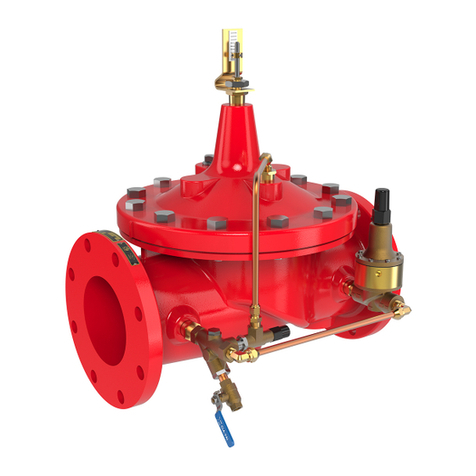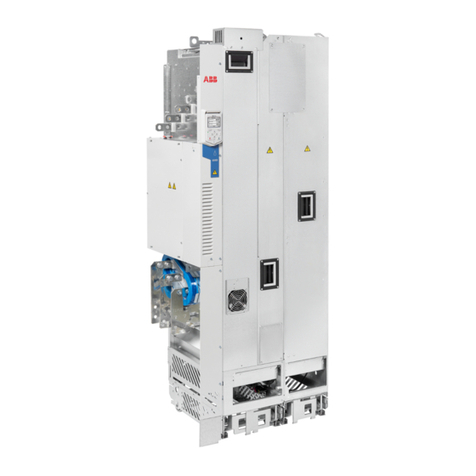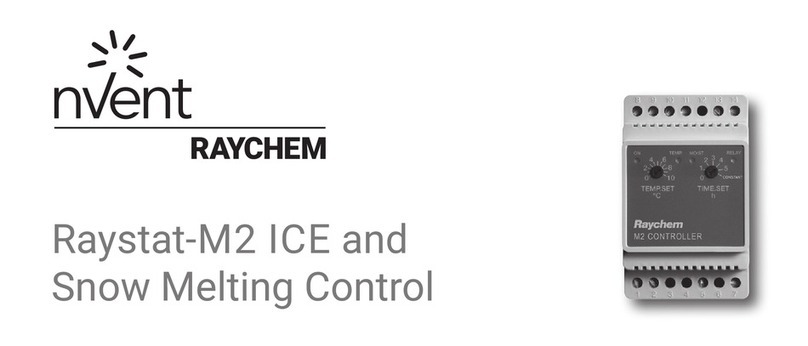Installation
Hattersley Fig. C31 Bronze Gate Valves Hattersley Fig. C31 Bronze Gate Valves1 2
Fig No. Materials PED category by valve size
SEP Not CE Marked
C31 Bronze 1/2” - 2”
Preparation
• Ensure valve is suitable for service
conditions e.g. pressure, temperature,
service media.
• Remove dust caps/flange protectors,
where fitted.
• The installation shall be designed to
provide adequate means of draining and
venting to permit cleaning, inspection and
maintenance in the correct manner.
• The product has not been designed to
include corrosion, erosion or abrasion
allowances. Any queries regarding service
applications should be addressed to the
Hattersley - Technical Sales Department.
• The valves have been designed for
loadings, appropriate to their intended use
and other reasonably foreseeable operating
conditions. Loadings caused by traffic,
wind and earthquake have not been taken
into account.
• It is the responsibility of the installer
to ensure that the valves do not exceed
the allowable limits of pressure. However
the equipment is designed to withstand
a momentary pressure surge of up to 10%
above the maximum working pressure.
The piping system shall be so designed
to reduce the risk of fatigue due to
vibration of pipes.
Valve Location
• Valves should be located to ensure ease
and safety of operation and access allowed
for subsequent maintenance of the valve.
• Valves should be located to allow access
for gland adjustment and re-packing.
Piping Supports
These must be carefully aligned and at the
correct distance between centres for the size
and type of pipe. The following publications
provide details of correct spans and
installation details:
BS3974, Specification for Pipe
Supports(Available from BSI)
Threaded Joints
The valves are supplied with taper threads
and, with the use of a thread sealant will give
a pressure tight seal. To avoid distortion of
the valve when fitting and tightening pipe, the
valve must be held securely using the flats
provided at the end of the valve to which the
pipe is being fitted. Care should be taken
to avoid ʻpipe endingʻ. This is a condition
that occurs when the pipe is screwed in too
far resulting in distortion to the valve seat.
The male thread on the pipe must have fully
formed, undamaged threads.
Operation
Bronze Gate valves are designed to seat with
the Hattersley standard hand wheel. Levers,
wrenches or other tools should not generally
be used to operate a valve. Excessive torque
can cause damage to seating faces and/or
stem/handwheel.
Routine Maintenance
• Check for leaks at gland. If gland is leaking
tighten the gland nut(s). The gland nut(s)
should be tightened only enough to prevent
stuffing box leakage. Over-tightening can
cause excessive wear on stem and packing
and make valve difficult to operate. If
leakages still occurring add additional or
new packing.
• Occasionally operate valves that remain
open or closed for long periods to ensure
they are in good working order, thus
avoiding the possibility of being inoperable
in a time of emergency.
General Considerations
• Maximum operating pressure reduces as
service temperature increases. Pressure
and temperature limitations are shown
by the valve body marking or on the
identification plate, and must not be
exceeded.
• Valves are not designed to operate under
high shock loadings. Where pressure
increases occur due to shock loading
(water hammer), they should be added
to the working pressure to obtain the
total pressure acting on the valve. The total
must not exceed the pressure rating of the
valve. A pressure surge, or shock, is usually
caused by the rapid closure of a check
valve or quarter turn valve resulting in a
sudden reduction in flow rate.
• It is bad practice to install valves with the
hand wheels pointing downwards, as
damage may be caused to the gland
packing and stem seal, by debris in
the system.
• Where the handwheel, and therefore
the identification plate, is removed for
maintenance they must be refitted after the
work is completed.
• The surfaces of valves in service may be
subject to extreme temperatures; care
should be taken when handling.
The above products are not suitable for use with unstable fluids.
